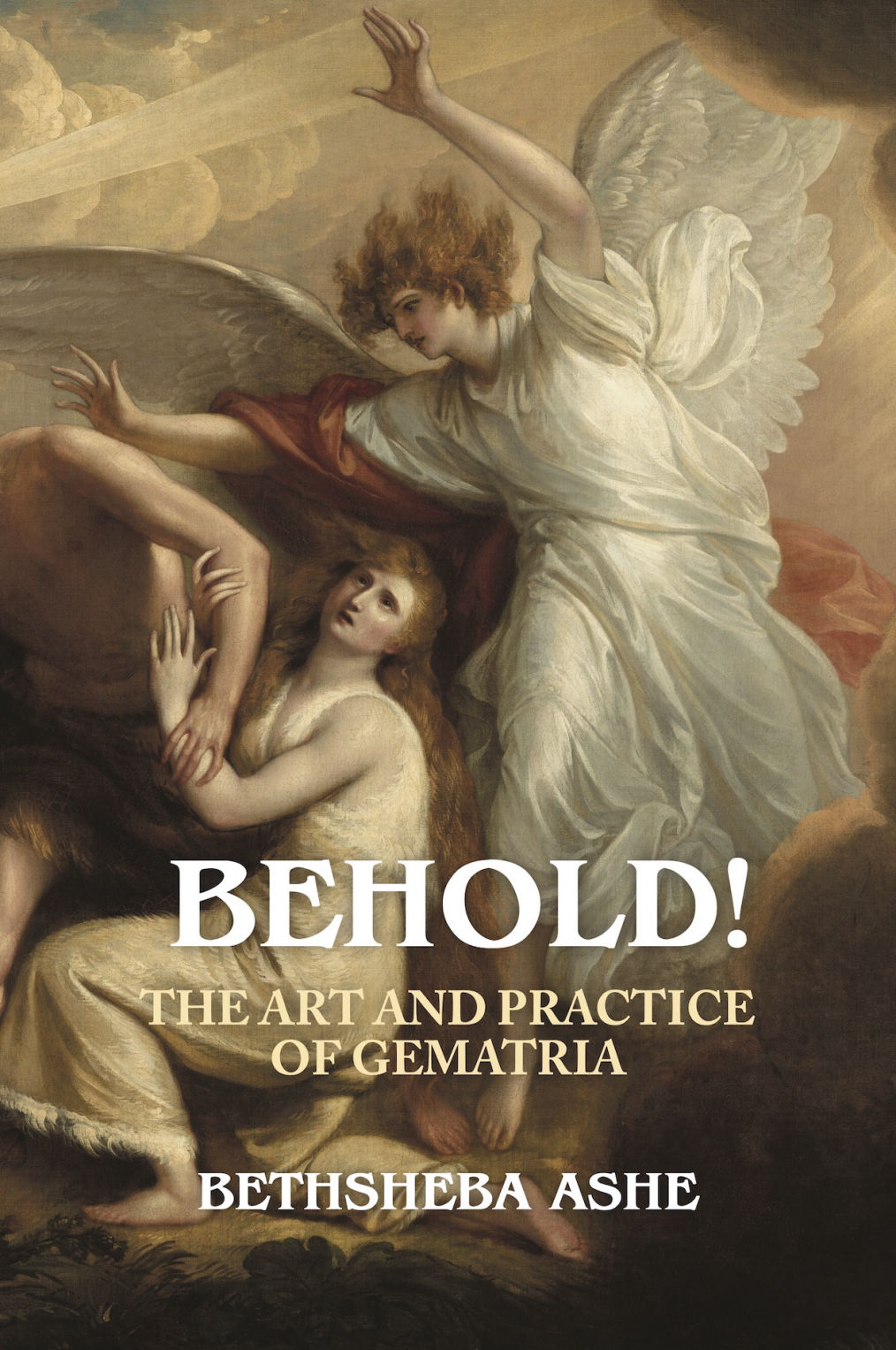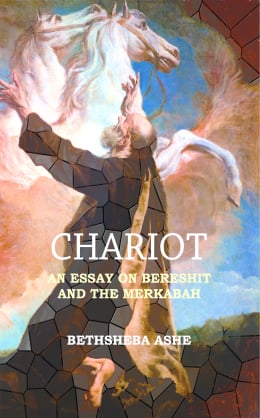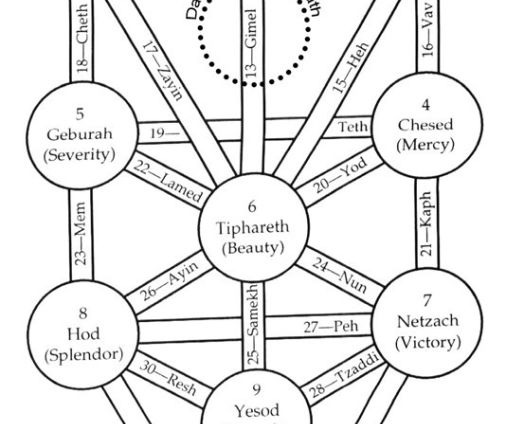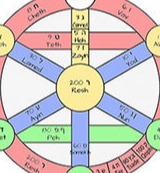Words and Calculations with the same Gematria value ...
| Word | Translation & Meaning | Transliteration | Strong's Number |
|---|
| אביונה | Meaning: provocative of desire; the caper berry (from its stimulative taste). Usage: desire. | ABIVNH | 35 |
| דיני | Meaning: a Dinaite or inhabitant of some unknown Assyria province. Usage: Dinaite. | DINI | 1784 |
| דכן | Meaning: this. Usage: same, that, this. | DKN | 1797 |
| דע | Meaning: knowledge. Usage: knowledge, opinion. | DO | 1843 |
| הגיון | Meaning: a murmuring sound, i. e. a musical notation (probably similar to the modern affettuoso to indicate solemnity of movement); by implication, a machination. Usage: device, Higgaion, meditation, solemn sound. | HGIVN | 1902 |
| הדסה | Meaning: Hadassah (or Esther). Usage: Hadassah. | HDSH | 1919 |
| זלזל | Meaning: tremulous, i. e. a twig. Usage: sprig. | ZLZL | 2150 |
| חוס | Meaning: properly, to cover, i. e. (figuratively) to compassionate. Usage: pity, regard, spare. | ChVS | 2347 |
| יהוה שמה | Meaning: Jehovah-Shammah, a symbolic title of Jerusalem. Usage: Jehovahshammah. | IHVHShMH | 3074 |
| ינוח | Meaning: Janoach, a place in Palestine. Usage: Janoah, Janohah. | INVCh | 3239 |
| יסד | Meaning: to set (literally or figuratively); intensively, to found; reflexively, to sit down together, i. e. settle, consult. Usage: appoint, take counsel, establish, (lay the, lay for a) found(-ation), instruct, lay, ordain, set, × sure. | ISD | 3245 |
| יסד | Meaning: a foundation (figuratively, i. e. beginning). Usage: × began. | ISD | 3246 |
| כנת | Meaning: a colleague (as having the same title). Usage: companion. | KNTh | 3674 |
| כנת | Meaning: Usage: companion. | KNTh | 3675 |
| למד | Meaning: properly, to goad, i. e. (by implication) to teach (the rod being an Oriental incentive). Usage: (un-) accustomed, × diligently, expert, instruct, learn, skilful, teach(-er, -ing). | LMD | 3925 |
| מושכה | Meaning: something drawing, i. e. (figuratively) a cord. Usage: band. | MVShKH | 4189 |
| משאל | Meaning: Mishal, a place in Palestine. Usage: Mishal, Misheal. | MShAL | 4861 |
| משוכה | Meaning: a hedge. Usage: hedge. | MShVKH | 4881 |
| נכד | Meaning: offspring. Usage: nephew, sons son. | NKD | 5220 |
| נכת | Meaning: spicery, i. e. (generally) valuables. Usage: precious things. | NKTh | 5238 |
| נתך | Meaning: to flow forth (literally or figuratively); by implication, to liquify. Usage: drop, gather (together), melt, pour (forth, out). | NThK | 5413 |
| סביב | Meaning: (as noun) a circle, neighbour, or environs; but chiefly (as adverb, with or without preposition) around. Usage: (place, round) about, circuit, compass, on every side. | SBIB | 5439 |
| סוח | Meaning: Suach, an Israelite. Usage: Suah. | SVCh | 5477 |
| עד | Meaning: properly, a (peremptory) terminus, i. e. (by implication) duration, in the sense of advance or perpetuity (substantially as a noun, either with or without a preposition). Usage: eternity, ever(-lasting, -more), old, perpetually, world without end. | OD | 5703 |
| עד | Meaning: as far (or long, or much) as, whether of space (even unto) or time (during, while, until) or degree (equally with). Usage: against, and, as, at, before, by (that), even (to), for(-asmuch as), (hither-) to, how long, into, as long (much) as, (so) that, till, toward, until, when, while, ( as) yet. | OD | 5704 |
| עד | Meaning: Usage: × and, at, for, (hither-) to, on till, (un-) to, until, within. | OD | 5705 |
| עד | Meaning: booty. Usage: prey. | OD | 5706 |
| עד | Meaning: concretely, a witness; abstractly, testimony; specifically, a recorder, i. e. prince. Usage: witness. | OD | 5707 |
| עד | Meaning: the menstrual flux (as periodical); by implication (in plural) soiling. Usage: filthy. | OD | 5708 |
| עת | Meaning: time, especially (adverb with preposition) now, when, etc. . Usage: after, (al-) ways, × certain, continually, evening, long, (due) season, so (long) as, (even-, evening-, noon-) tide, (meal-), what) time, when. | OTh | 6256 |
| שלמא | Meaning: Salma, the name of two Israelites. Usage: Salma. | ShLMA | 8007 |
| שמאל | Meaning: to use the left hand or pass in that direction. Usage: (go, turn) (on the, to the) left. | ShMAL | 8041 |
| תכן | Meaning: to balance, i. e. measure out (by weight or dimension); figuratively to arrange, equalize, through the idea of levelling (ment, estimate, test). Usage: bear up, direct, be (un-)equal, mete, ponder, tell, weigh. | ThKN | 8505 |
| תכן | Meaning: a fixed quantity. Usage: measure, tale. | ThKN | 8506 |
| תכן | Meaning: Token, a place in Palestine. Usage: Tochen. | ThKN | 8507 |
| תלם | Meaning: a bank or terrace. Usage: furrow, ridge. | ThLM | 8525 |





Please SHARE this PAGE!